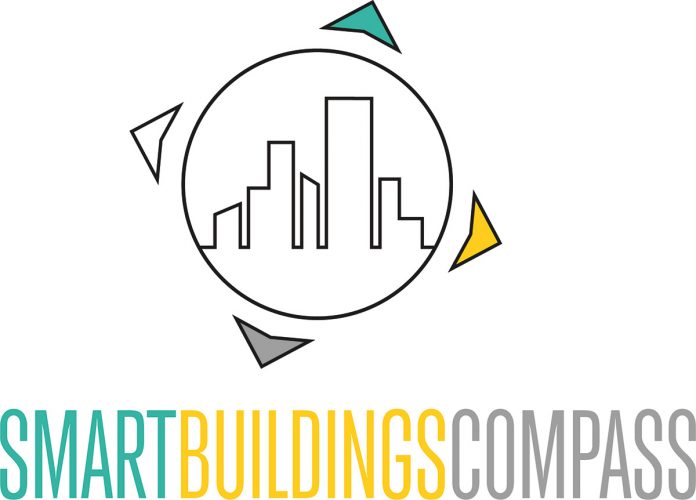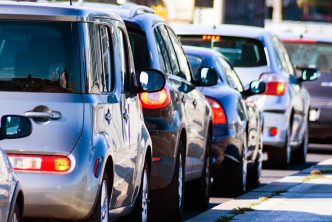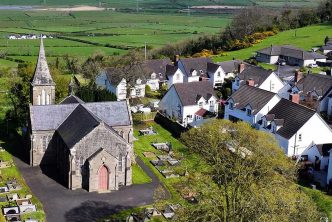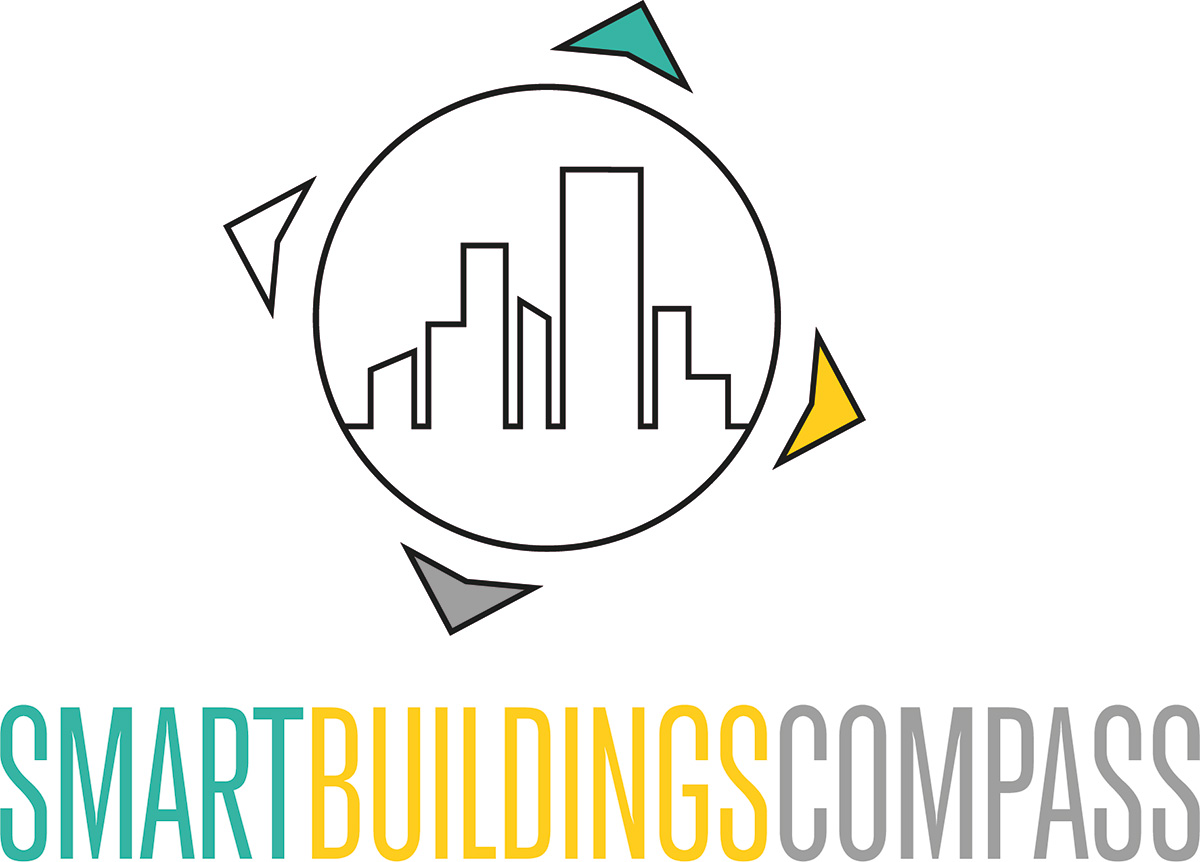The Emirates on their way to oil independency
Over the past 5 decades, the Emirates grew to become the fourth largest economy in the Middle East. This was not always the case: At the beginning of the 20th century, the region was still mainly inhabited by Bedouins, who lived from trade and pearl diving. However, the development of the much cheaper cultured pearl in Japan again led to the decline of this business model.
The current wealth and rise of the Emirates is due to several developments: First, of course, oil exports but the second half of the 20th century. When I talk to local entrepreneurs, I often hear another argument: “The country is run like a business. There is no shortage of business plans and ideas – “and then it is simply implemented.”
Impressive: Controlling the resources
Even if the strategy has been changing for some time: As a desert state, created practically from nothing, the Emirates are an exciting region for companies. They are heavily dependent on imports of products and know-how – even though the Emirates are increasingly focusing on their own production. In 1950, the population was still at 70,000, followed by rapid growth in the following decades: Of the current population of almost 10 million, only 10% are indigenous. Sheikh Zayed, Emir largest and richest emirate Abu Dhabi and the first president of the emirates from 1971 to 2004, developed a modern state and relied on mutual support within the emirates – which especially helped the emirates that could not rely on the booming oil business.
Dubai, a neighboring emirate and a glittering international metropolis, is focusing strongly on growth and expansion as a hub between the worlds: The emirate, which had to look at new business models early on due to the drying up of its own oil sources, is highly active in several sectors. Besides tourism, of course, the real estate sector, as well as in the positioning as a financial center and hub to and from Africa and Asia. In particular, the emirate’s enormous population growth challenges.
This growth is particularly challenging for a desert state: from the outset, residents and tourists need water, electricity, mobile communications, places to live – to name just a few items. The scaling is impressive: A logistical masterstroke.
Dubai, for example, is – unsurprisingly – suffering from energy shortages. In order to provide the energy and necessary infrastructure for approximately 3.5 million inhabitants, maximum performance is achieved.
90% of the water comes from desalination plants, and to reduce its dependence on gas (from Qatar) and oil, Dubai relies on an energy mix of solar power, coal and nuclear power. The nuclear power plant was actually to be built by suppliers from France, a nuclear power country, which receives about 40% of its primary energy from nuclear power plants in at home. However, the contract for the power plant was finally given to South Korea.
The Emirates are focusing on tourist hotspots that are meant to signal one thing: We are part of the World Stage.
The same amount of steel was used for the steel structure of the Louvre as for the Eiffel Tower in Paris.
Star architect Jean Nouvel is responsible for this futuristic building.
Due to its strong growth and development as a hub between the continents of Asia, Europe and Africa, the Emirates are an exciting business center. Austria is already the eighth largest foreign investor and thus an important economic partner; 150 subsidiaries of Austrian companies are active in the region.
Since the Emirates are highly dependent on foreign products and know-how, they had to develop as a stable economic center for foreign companies for this reason alone. However, the entrepreneurial development is associated with some restrictions in order to keep at least part of the value creation in the country. According to the current legal situation, a local partner must hold at least 51% of the capital stock.
In special economic zones, companies may also be established without domestic partners. These zones are organized in thematic clusters – e.g. Dubai Media City (https://dmc.ae), or the tech hub ‘Dubai Internet City’ (https://dic.ae), and around the port is a huge logistics freezone located. According to the Austrian Chamber of Commerce, the goal is to provide about 40% of the knowledge-based workforce locally. However, this still means that many expats, i.e. foreign specialists, will be needed in the medium term.
Growth sectors include, for instance, education, health, cybersecurity, e-commerce, renewable energy, and food and food security (source: Austrian Chamber of Commerce). A few examples: According to media reports, an Austrian company landed a contract during the EXPO to equip showers with small turbines made in Austria to reduce water and energy consumption by 40 percent. Likewise, the Austrian company “Cleen Energy” has signed a cooperation agreement for photovoltaic systems in Dubai.
Next big thing: sustainable energy, hydrogen and energy efficiency
In view of the sunny, hot climate, you might think: Why not simply produce electricity with photovoltaic systems and install panels on every house? Unfortunately, it is not as simple as it sounds at first glance: because of the aggressive climate, you only see photovoltaic systems on a small scale in Dubai. The main reason: The sand has to be removed from the panels regularly, so PV systems on the roofs of houses would require a lot of effort.
Swarovski Chandelier
Furthermore, PV units were developed for the European market, the performance is reduced at high temperatures. Solar energy is still attractive due to the many sun hours in the region, which outweighs the performance disadvantage due to the higher temperatures.
The Emirates are an exciting market for companies: In order to reduce the demand for resources in this rapidly growing region, technologies that help to reduce consumption will no doubt be increasingly in demand in the future.
In the near future, the Emirates also plan to enter hydrogen production in a big way. When something is implemented in the Emirates, it is in superlatives.
Away from the question of how the emirates will satisfy their own hunger for energy, work is underway to develop blue hydrogen production.
To explain, the colors indicate the type of production: Gray hydrogen is produced from fossil fuels. Dafür wird Erdgas unter To produce it, natural gas is converted into hydrogen and CO2under heat. Blue hydrogen is gray hydrogen, but its CO2 is captured and stored during production. The CO2 generated during hydrogen production is not released into the atmosphere; this type of hydrogen production can be considered CO2-neutral, at least in balance sheet terms.
Blue hydrogen is thus not really “green”, but in the next ten years it will be much cheaper than green hydrogen – which is the most expensive hydrogen product. The Emirates wants to become the market leader for green and blue hydrogen, but is focusing on blue hydrogen as a first step. It is easier to scale initially and is essential for the creation of a global market.
In Europe, only green hydrogen is likely to have a long-term future: Northwest Europe, as one of the largest potential import markets, could limit the use of blue hydrogen, especially in the medium term, due to its natural gas base. A preference for green hydrogen is expected for Europe due to its better compatibility with their net zero targets.
Awakening emerging markets
Leisure parks are currently being built in the middle of the desert, which now still look a little out of place. Dubai is preparing for the awakening of some emerging markets with Legoland & Co: India, for example, is only a 3-hour flight away from Dubai and is currently developing into a very exciting economic player. Families who can now afford to travel will find vacation and fun just a few hours’ flight away.
African countries are also becoming exciting markets: An increasingly large part of the new global middle class will live in Africa in the future, and the demand for goods and services will increase tremendously (book tip: “Kesho Business” by Hans Stoisser). Dubai is already preparing for these developments and is positioning itself as a logistics hub for the African market. According to press reports, the Emirates are competing here with Saudi Arabia, which is also moving into this positioning.
Next market to develop: Abu Dhabi
Abu Dhabi is likely to be the next market to open up, following Dubai’s footsteps. The neighboring emirate is still at the beginning of the development that Dubai has achieved in the last two decades. The emirate was still reluctant, helped the neighbor emirate Dubai stumbling in the economic crisis and pandemic with cash injections.
According to the interviews, the first signs of this opening can already be seen in the real estate projects. Abu Dhabi could become an exciting market, especially for the construction, sustainable energy and energy-efficient technology sectors.
Photo Credits: Anja Herberth/Smart Buildings Compass






